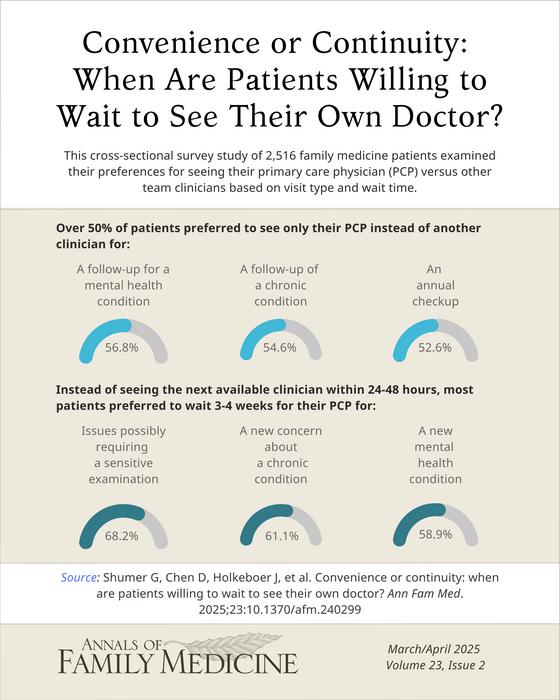In an era where the healthcare landscape is rapidly evolving, a compelling study led by Gregory Shumer, MD, MHSA, and his team at the University of Michigan seeks to illuminate the preferences of primary care patients regarding wait times and continuity of care. As the healthcare environment increasingly prioritizes accessibility and rapid care services, the question arises: how does this shift align with patient needs and expectations? The research digs deep into the preferences of patients when faced with the choice between continuity with their own primary care physician (PCP) and the convenience of quicker access to care from other clinicians.
The background of this original research highlights a pivotal aspect of the patient experience—sparking a dialogue about the often-overlooked trade-offs users face in health systems. The study’s researchers embarked on a mission to understand whether patients hold a preference for waiting to see their familiar PCP, and the implications this has on healthcare delivery models. The results could significantly shape strategies for health systems that strive to innovate service delivery methods while still catering to what patients deem essential for their wellbeing.
To gather meaningful data, a cross-sectional online survey was conducted on adult primary care patients in Michigan. This comprehensive approach offered insights from a diverse array of primary care patients, drawing connections between their experiences and preferences across various healthcare scenarios. Each participant responded to different scenarios detailing visit types, such as annual checkups, chronic and mental health follow-ups, new symptoms, and urgent concerns. Survey questions were structured to elicit choices among three distinct options: strictly seeing their PCP, preferring to see their PCP but willing to see




